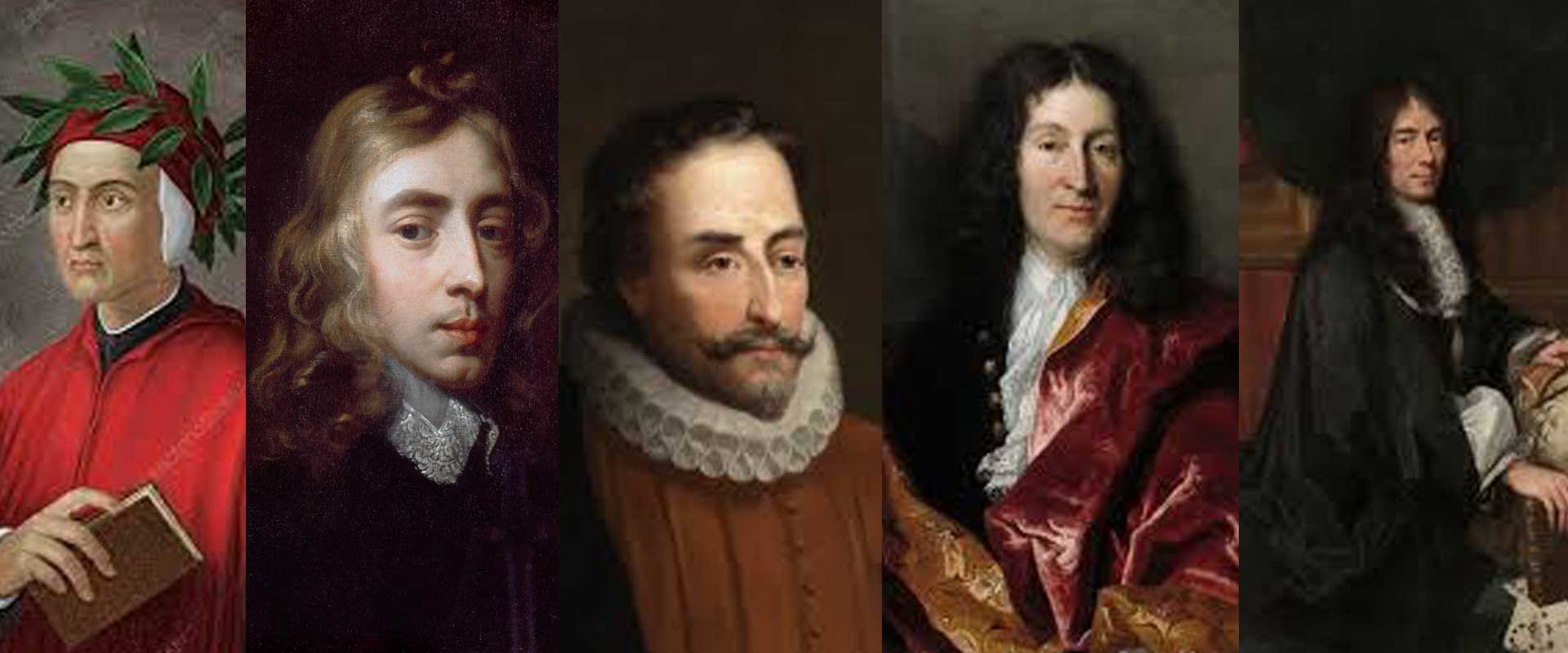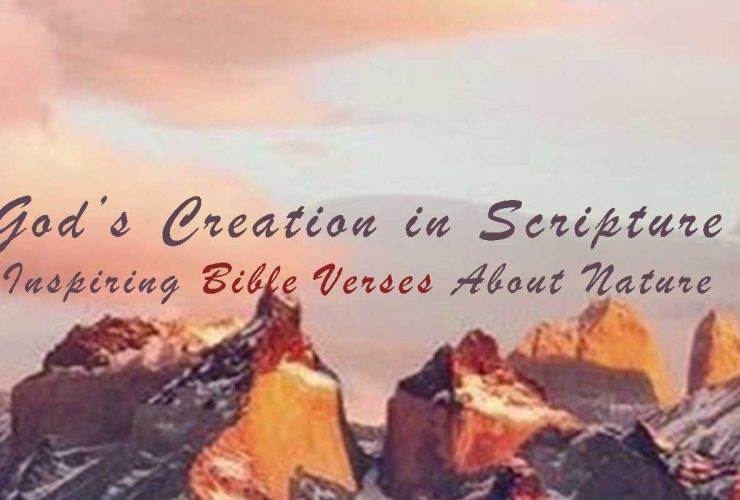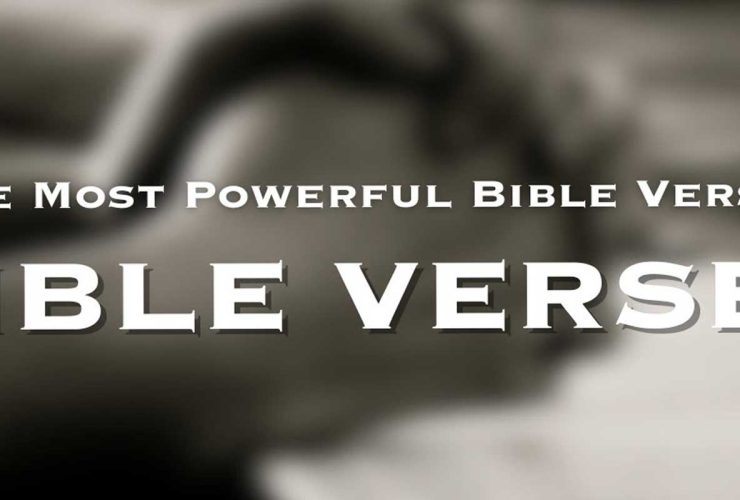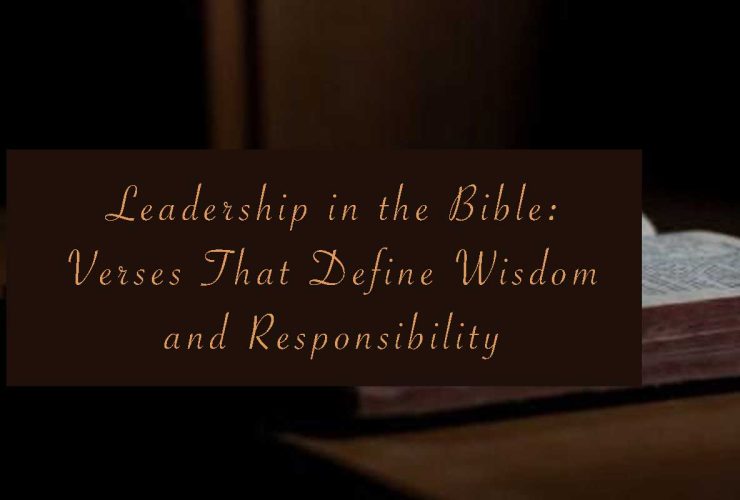When considering the achievements of Paul Gustave Doré, one cannot separate his legacy from the great literary minds whose works he illustrated. Doré lived during a period when epic poetry, classical fables, and religious texts were being reintroduced to a wider public through lavishly illustrated editions. His engravings became inseparable from these stories, transforming words into imagery that shaped cultural memory.
Doré’s collaborations with famous writers—spanning centuries of literature—turned him into a bridge between text and imagination. By working with the words of Dante, Milton, Cervantes, La Fontaine, and Perrault, Doré ensured their visions reached readers in new, unforgettable ways.
Why Writers and Publishers Sought Doré
Doré was not just an illustrator; he was an interpreter. Writers and publishers recognized that his dramatic style could elevate a book into an experience. His ability to capture emotion through line and shadow meant that readers felt as though they were living inside the text. As a result, his editions often became the definitive versions, read and remembered not only for the words but also for the pictures.
Doré and Dante – A Vision of Eternity
Doré’s collaboration with Dante came centuries after The Divine Comedy was written, but his engravings became so iconic that they are often considered a “visual translation” of the poem. His work on Inferno, Purgatorio, and Paradiso illustrated the afterlife with grandeur and terror, ensuring Dante’s vision remained alive for modern audiences.
As detailed in Paul Gustave Doré’s Engravings of Dante’s Divine Comedy, Doré’s interpretations turned Dante’s words into haunting landscapes and radiant heavens that continue to define how the Comedy is visualized.
Doré and John Milton – Paradise Lost
In 1866, Doré turned his attention to Milton’s Paradise Lost. His engravings for this epic showed Satan’s fall, the rebellion of the angels, and the loss of Eden. Doré captured the cosmic scale and psychological depth of Milton’s work, presenting Satan as both majestic and tragic.
This collaboration between Milton’s language and Doré’s imagery created a powerful cultural impact—redefining how the story of the Fall was understood by Victorian readers and beyond.
Doré and Miguel de Cervantes – Don Quixote
Doré’s 1863 edition of Don Quixote remains one of his most celebrated collaborations. He gave form to Cervantes’ tragicomic knight, tilting at windmills, fighting flocks of sheep, and wandering through barren landscapes.
Doré’s illustrations captured both the absurdity and dignity of Quixote, reflecting the novel’s balance of humor and humanity. As explored in Exploring Don Quixote Through Paul Gustave Doré’s Art, Doré’s engravings became the defining images of Cervantes’ characters, echoed in later artworks, stage productions, and films.
Doré and La Fontaine – The Fables
Jean de La Fontaine’s Fables provided Doré with playful, satirical material. His engravings of talking animals, cunning foxes, and foolish crows highlighted the humor and moral lessons in each story. Doré’s treatment of La Fontaine emphasized the universality of these fables, blending wit with timeless artistic detail.
Doré and Charles Perrault – Fairy Tales
Doré also collaborated with Perrault’s Contes, creating enchanting engravings for Cinderella, Sleeping Beauty, and Little Red Riding Hood. These works reveal his lighter, whimsical side, showing that he could illustrate not only epic tragedy but also childhood wonder and moral charm.
This collaboration helped shape how fairy tales are visualized today, influencing later illustrators like Arthur Rackham and modern animation traditions.
Doré’s Collaborations with Famous Writers
| Writer | Work Illustrated | Year(s) Published | Doré’s Artistic Focus | Cultural Impact |
|---|---|---|---|---|
| Dante Alighieri | Divine Comedy | 1861–1868 | Hell, Purgatory, Heaven – grandeur & fear | Defined global imagery of Dante’s afterlife |
| John Milton | Paradise Lost | 1866 | Satan’s fall, cosmic rebellion | Shaped modern vision of Satan and the Fall |
| Miguel de Cervantes | Don Quixote | 1863 | Humor and tragedy of Quixote | Cemented Don Quixote’s cultural image |
| La Fontaine | Fables | 1868 | Satirical animals, moral lessons | Influenced children’s illustration & satire |
| Charles Perrault | Contes (Fairy Tales) | 1867 | Whimsy, innocence, moral fantasy | Shaped fairy tale imagery into modern era |
Doré’s Contribution to Religious Writers
Beyond these secular collaborations, Doré’s most influential partnership was with the Bible itself. His 1866 illustrated edition, with over 200 engravings, became the most widely distributed sacred book of its time. As highlighted in Paul Gustave Doré’s Dramatic Bible Illustrations, Doré’s depictions of Creation, Exodus, and Revelation still shape how scripture is imagined.
This unique collaboration—with sacred text rather than a single author—cements Doré’s place in religious art history.
Why Doré’s Collaborations Mattered
- They made literature visual: Doré turned words into enduring images.
- They democratized art: His engravings, widely printed, reached global audiences.
- They influenced future art: From comics to cinema, his visual language shaped modern storytelling.
- They gave authors new life: Writers like Dante and Milton found new readers through Doré’s dramatic interpretations.
Conclusion
Paul Gustave Doré’s collaborations with famous writers ensured that literature’s greatest texts reached audiences in new, unforgettable ways. By bringing together the words of Dante, Milton, Cervantes, La Fontaine, and Perrault with his dramatic engravings, Doré became more than an illustrator—he became a cultural interpreter. His art democratized literature, making it accessible and vivid to people across the world. Whether depicting the terrors of Hell, the fall of Satan, the folly of Don Quixote, or the magic of fairy tales, Doré added visual depth that secured these works a place in modern imagination. For admirers today, collections like Paul Gustave Doré art prints or spiritual artworks continue his legacy, ensuring that his collaborations remain alive in homes, libraries, and hearts.
FAQs on Doré’s Collaborations
Which writers did Paul Gustave Doré collaborate with?
Doré illustrated works by Dante (Divine Comedy), Milton (Paradise Lost), Cervantes (Don Quixote), La Fontaine (Fables), Perrault (Fairy Tales), and many more.
Why are Doré’s collaborations significant?
Because they gave visual form to some of the greatest literary works, making them accessible to wider audiences and shaping their cultural legacy.
Did Doré only illustrate religious works?
No. While his Bible engravings are among his most famous, he also illustrated secular works like Don Quixote and fairy tales, showing great versatility.
How did Doré influence the way we see these authors?
His engravings became the standard visual interpretation, meaning that when readers imagine Dante’s Hell or Quixote’s windmills, they often picture Doré’s art.
Where can Doré’s collaborative works be seen today?
In museums, rare book collections, and reprinted illustrated editions, as well as in curated reproductions available to collectors and admirers worldwide.





